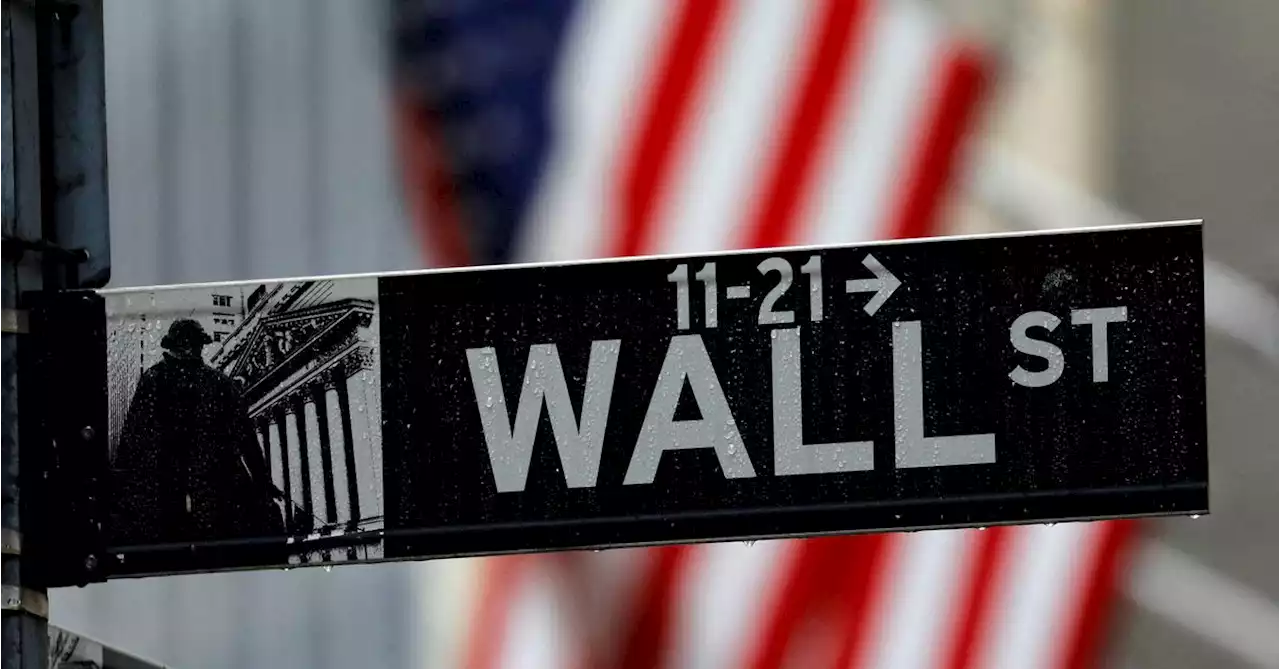The U.S. Treasury yield curve has been flattening with parts of it inverting as investors price in an aggressive rate-hiking plan by the Federal Reserve as it attempts to bring inflation down from 40-year highs.
The shape of the yield curve is a key metric investors watch as it impacts other asset prices, feeds through to banks' returns and has been an indicator of how the economy will fare. Recent moves have reflected investor worries over whether the Fed can tighten monetary policy to tame inflation without hurting economic growth.Investors watch parts of the yield curve as recession indicators, primarily the spread between the yield on three-month Treasury bills and 10-year notes and the U.S.
A steepening curve typically signals expectations of stronger economic activity, higher inflation, and higher interest rates. A flattening curve can mean the opposite: investors expect rate hikes in the near term and have lost confidence in the economy's growth outlook.The U.S. curve has inverted before each recession since 1955, with a recession following between six and 24 months, according to a 2018by researchers at the Federal Reserve Bank of San Francisco.
The spread between five- and 30-year U.S. Treasury yields on Monday fell to as low as minus 7 basis points , moving below zero for the first time since February 2006, according to Refinitiv data. U.S. benchmark 10-year yields pushed above the 2.5% marker to 2.55% Monday , hitting their highest since April 2019. In February they topped the 2% level for the first time since 2019.
